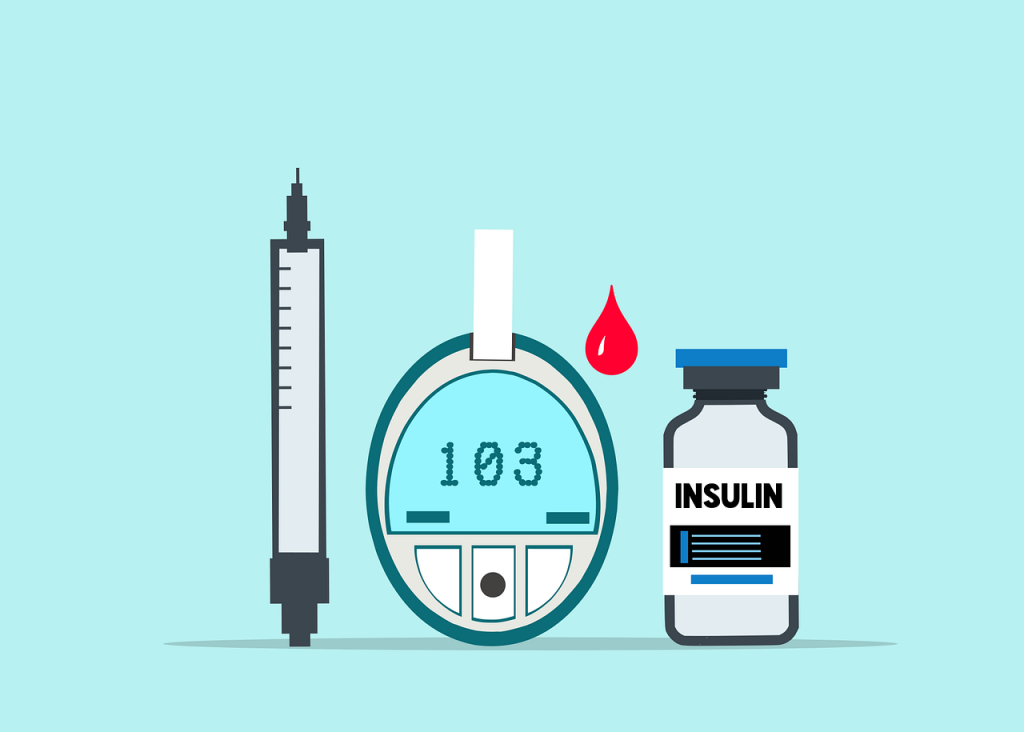
Introduction:
Vitamin D, often referred to as the “sunshine vitamin”, is indispensable for bone health. Its deficiency can lead to a spectrum of bone-related issues, including osteoporosis and osteomalacia. This article aims to shed light on the multifaceted relationship between Vitamin D and bone health.
1. The Role of Vitamin D in Bone Health:
Details: Vitamin D is essential for the absorption of calcium in the gut. Calcium is a vital mineral that ensures bone density and strength. A deficiency in Vitamin D can lead to decreased calcium absorption, resulting in brittle and weak bones. This intricate relationship between Vitamin D and calcium is further explored in our article on Vitamin D in milk.
Management: Regular exposure to sunlight and incorporating Vitamin D-rich foods can help in maintaining optimal bone health.
2. Osteoporosis: The Silent Bone Thief:
Details: Osteoporosis, characterized by porous and fragile bones, can be exacerbated by Vitamin D deficiency. Adequate Vitamin D levels are crucial for bone mineralization and preventing osteoporosis-related fractures. Our comprehensive guide on foods rich in Vitamin D offers dietary solutions to complement supplementation.
Management: Regular bone density tests, combined with Vitamin D supplementation, can aid in managing and potentially reversing osteoporosis.
3. Osteomalacia: Beyond Childhood Rickets:
Details: Osteomalacia, often seen as the adult counterpart of childhood rickets, is a condition where bones become soft due to a lack of mineralization. One of the primary causes of osteomalacia is Vitamin D deficiency. The difference between rickets and osteomalacia, and the role of Vitamin D in both, is detailed in our post on weird symptoms of Vitamin D deficiency.
Management: Addressing the underlying Vitamin D deficiency, combined with dietary and lifestyle changes, can help in managing osteomalacia.
4. Bone Pain: A Subtle Yet Significant Symptom:
Details: One of the lesser-known symptoms of Vitamin D deficiency is bone pain, especially in weight-bearing bones like the spine, pelvis, and legs. This pain can often be mistaken for arthritic pain but has its roots in Vitamin D levels, as discussed in our article on symptoms of long-term Vitamin D deficiency.
Management: Regular monitoring of Vitamin D levels, combined with targeted supplementation, can alleviate bone pain associated with the deficiency.
5. Bowed Legs and Vitamin D Deficiency:
Details: Bowed legs, especially in children, can be a manifestation of rickets, a condition directly linked to Vitamin D deficiency. In adults, it can be a sign of osteomalacia. The impact of Vitamin D on skeletal structure and its implications are further elaborated in our post on Vitamin D and its myriad benefits.
Management: Early detection and intervention, including Vitamin D supplementation and physiotherapy, can help in correcting the deformity.
6. Dental Health and Vitamin D: An Overlooked Connection:
Details: Vitamin D’s role isn’t limited to just the bones in our body; it also plays a crucial role in dental health. A deficiency can lead to dental deformities, increased cavities, and periodontal disease. The importance of Vitamin D in dental health is a topic we’ve touched upon in our guide on Vitamin D and hair loss, emphasizing the vitamin’s diverse roles.
Management: Regular dental check-ups, combined with Vitamin D-rich diets, can ensure optimal dental health.
7. Hungry Bone Syndrome: A Rare But Relevant Condition:
Details: Hungry bone syndrome refers to a rapid and profound decrease in blood calcium levels following the treatment of hyperparathyroidism. Vitamin D deficiency can exacerbate this condition due to its role in calcium absorption. This syndrome, while rare, underscores the importance of Vitamin D in bone metabolism, a topic further explored in our article on Vitamin D’s role in overall health.
Management: Close monitoring of calcium and Vitamin D levels post-surgery can help in preventing and managing hungry bone syndrome.
FAQs for Vitamin D, Bone Health, and Osteoporosis
1. How does Vitamin D influence overall bone health?
Vitamin D plays a pivotal role in calcium absorption in the gut, which is essential for bone mineralization. A deficiency can disrupt this process, leading to conditions like osteoporosis and osteomalacia. Dive deeper into the relationship between Vitamin D and bone health in our article on Vitamin D’s role in bone health.
2. What’s the difference between osteoporosis and osteomalacia?
While both are bone disorders linked to Vitamin D deficiency, osteoporosis is characterized by reduced bone density, making bones fragile. In contrast, osteomalacia involves the softening of bones due to inadequate mineralization. Our post on weird symptoms of Vitamin D deficiency offers insights into these conditions.
3. Can Vitamin D supplements help in managing bone pain?
Yes, Vitamin D supplements can alleviate bone pain associated with its deficiency. However, it’s crucial to consult with a healthcare professional to determine the right dosage and approach. Learn more about the symptoms and management of Vitamin D deficiency in our guide on long-term Vitamin D deficiency symptoms.
4. How is dental health connected to Vitamin D?
Vitamin D is vital for calcium absorption, which is crucial for tooth formation and dental health. A deficiency can lead to dental deformities and increased cavities. Explore the multifaceted roles of Vitamin D in our article on Vitamin D and its myriad benefits.
5. What is “Hungry Bone Syndrome”, and how is it related to Vitamin D?
Hungry bone syndrome refers to a rapid decrease in blood calcium levels after treating hyperparathyroidism. Vitamin D deficiency can exacerbate this condition due to its role in calcium absorption. Delve into the importance of Vitamin D in bone metabolism in our comprehensive guide on foods rich in Vitamin D.
6. Can osteoporosis be reversed with Vitamin D supplementation?
While Vitamin D supplementation can aid in halting the progression of osteoporosis, its reversal requires a holistic approach, including dietary changes and physical therapy. Our post on Vitamin D’s role in overall health provides a detailed overview.
7. Are children at risk of bone disorders due to Vitamin D deficiency?
Yes, children can develop conditions like rickets, characterized by bowed legs, due to Vitamin D deficiency. Early detection and intervention are crucial. Learn more about the implications of Vitamin D deficiency in children in our article on Vitamin D and bone health.
8. How often should I monitor my Vitamin D levels for optimal bone health?
If you’re at risk or have symptoms of Vitamin D deficiency, it’s advisable to get your levels checked immediately. Subsequently, annual monitoring can help ensure optimal bone health. For more insights, consider reading our guide on Vitamin D and hair loss.
9. Can a diet rich in Vitamin D alone prevent bone disorders?
While a Vitamin D-rich diet is essential, other factors like physical activity, overall nutrition, and genetics also play a role in bone health. Our comprehensive article on foods for Vitamin D offers dietary solutions to complement supplementation.
10. Are there any side effects of excessive Vitamin D supplementation?
Excessive Vitamin D intake can lead to hypercalcemia, causing a range of symptoms from nausea to kidney complications. It’s crucial to consult with a healthcare professional before starting supplementation. Dive deeper into the potential side effects in our post on Vitamin D’s role in overall health.
Conclusion:
The relationship between Vitamin D and bone health is profound and multifaceted. Recognizing the symptoms, understanding the underlying causes, and taking proactive measures can pave the way for robust bone health. For more insights into Vitamin D and its significance, consider exploring our other articles linked throughout this post.
Blog Tags: Vitamin D, Bone Health, Osteoporosis, Osteomalacia, Bone Pain, Nutrition, Wellness, Lifestyle.














